Nearby star epsilon Eridani - model of early Solar System
Epsilon Eridani - orange dwarf, located 10.475 light years (3.212 parsec) away. It is young - 0.5 billion year, and very active, so probability of life on its planets is low (our Sun's age is 4.5 billion years)
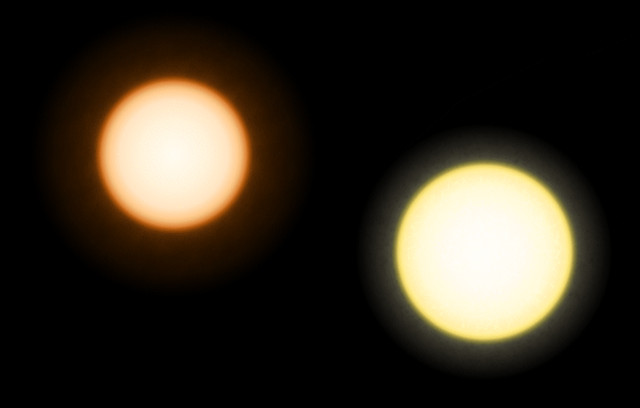
Image: Wikipedia - Comparison of the Sun (right) and Epsilon Eridani (left)
Astronomers study this star for long time. In the 80th they discovered debris disk, consisting of dust and debris, left after system was formed.
In 2000, the planet, epsilon Eridani b was discovered. It is gas giant, Jupiter style, with mass 1.5 of Jupiter, with orbit, similar to Jupiterian.
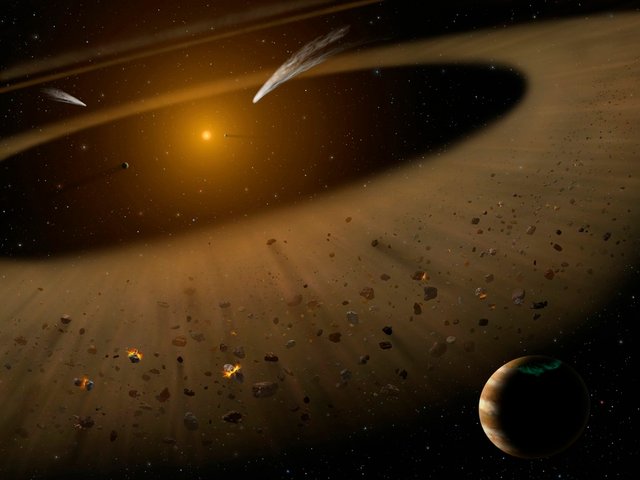
Image: Artist impression, NASA/SOFIA/Lynette Cook
As the system is very similar to the early Solar System its study looks like travel in the past, 4 billion years ago. For new observations, NASA used flying laboratory SOFIA - aircraft Boeing 747, loaded with a 2.5-meter telescope in the back.
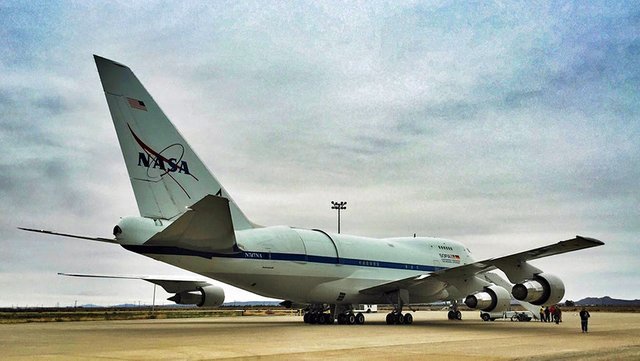
Image: Massimo Marengo/Iowa State University
Combined results from SOFIA and space telescope Spitzer show, that debris disk consists of, in fact, two relatively narrow belts. Location of the inner belt (ab. 3.a.u.) corresponds Sun's main Asteroid belt, another is at about Uranus' distance.
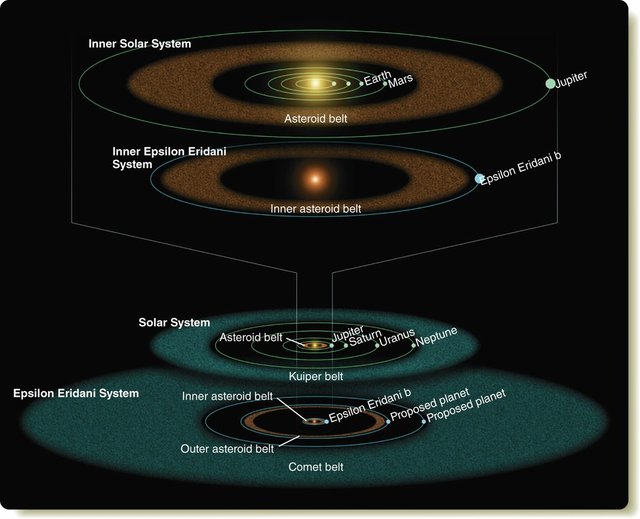
Image: NASA/JPL-Caltech
Massimo Marengo, an Iowa State associate professor of physics and astronomy, said:
This star hosts a planetary system currently undergoing the same cataclysmic processes that happened to the solar system in its youth, at the time in which the moon gained most of its craters, Earth acquired the water in its oceans, and the conditions favorable for life on our planet were set [...] But we can now say with great confidence that there is a separation between the star's inner and outer belts. There is a gap most likely created by planets. We haven't detected them yet, but I would be surprised if they are not there. Seeing them will require using the next-generation instrumentation, perhaps NASA's 6.5-meter James Webb Space Telescope scheduled for launch in October 2018.
There are many similarities between Epsilon Eridani system and Solar System. There is Jupiter-like gas giant, inner asteroid belt, and external debris belt, looking like Sun's Kuiper Belt, whose existance confirms theory that there is still undiscovered Neptune analog; its gravity forms external belt, keeping its boundaries.
Existing technologies do not allow to find inner planets of Earth-Venus-Mars group, orbiting Ran (ancient name for Epsilon Eridani), but if there is proto-Earth, it will look somewhat like this:
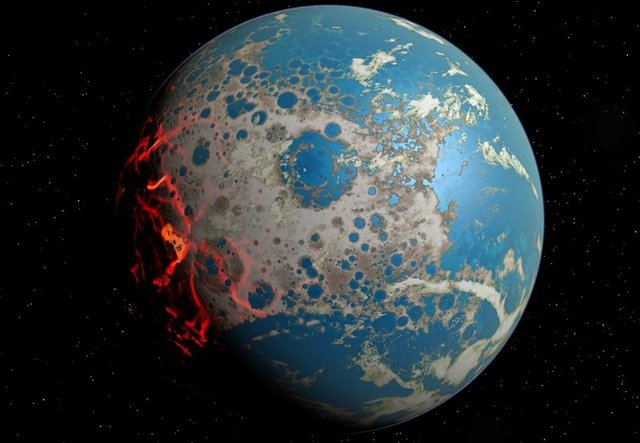
Image: Simone Marchi/ NASA.
Hot Earth, under permanent bombardment. The newborn oceans vaporized and condensed again, surface filled with lava flows.
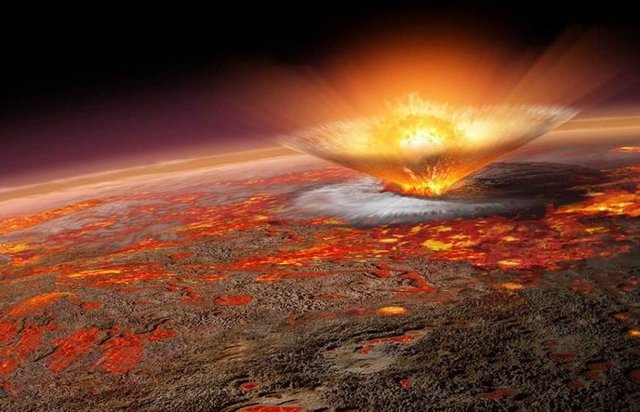
Image: Simone Marchi/ NASA.
For further reading: https://phys.org/news/2017-05-astronomers-nearby-star-good-early.html
This post has been ranked within the top 80 most undervalued posts in the first half of May 06. We estimate that this post is undervalued by $3.81 as compared to a scenario in which every voter had an equal say.
See the full rankings and details in The Daily Tribune: May 06 - Part I. You can also read about some of our methodology, data analysis and technical details in our initial post.
If you are the author and would prefer not to receive these comments, simply reply "Stop" to this comment.